Tips for Better Landscape Photography |  |
- Tips for Better Landscape Photography
- Touching Photos of a Norwegian Dog and His Foxy Best Friend (Album)
- A Day in the Life of a Paparazzi (Video)
- Interesting Photo of the Day: A Speedy Snail
- How to Make Better Photos with Better Composition (Video)
| Tips for Better Landscape Photography Posted: 07 Apr 2014 06:31 PM PDT Final Reminder: Only 1 day left! in the deal on: Landscape/Seascape Exposure eBooks Bundle The problem with most landscape photography is that not enough preparation is put into setting up the shot before it is taken. These tips are meant to give the photographer some things to think about before releasing the shutter. 1. Depth of FieldMost professional landscape photographers want everything in the shot to be equally in focus. This is done by increasing the depth of field (making it deeper). Aperture controls the depth of field. The higher the aperture setting (e.g. f/22), the smaller the aperture opening will be. The smaller the aperture opening, the deeper the depth of field will be. 2. Use a TripodA deeper depth of field usually requires the shutter to be open longer for proper exposure. The slightest shake of the camera while the shutter is open can cause unwanted blur. Using a tripod greatly decreases the chances of this happening. 3. FramingWe all have those busy vacation photos with so much in the shot that no-one can quite tell what the subject is. This is usually caused by distractions in the landscape. These distractions can be anything from people to dominant colored buildings. These distractions should not dominate the shot. Use the viewfinder to crop out these distractions. If they are not in your viewfinder they will not be in the photograph. 4. ForegroundForeground is often not given the credit it is due in landscape photography. It should be used to help guide the viewer into the shot. Look around at a landscape that you are interested in and see if there is anything that creates natural lines that lead into the scene. The foreground should not dominate the landscape, though, unless it is the actual subject of the shot. 5. LightingMost people wait for a nice sunny day before they grab their camera and head out. The photographers that do this lose out on some great landscapes. Clouds can greatly enhance the mood of a landscape. Clouds themselves can also be made the subject of the landscape. Dusk and dawn are also great times to shoot landscapes. Shadows are sharper and create more contrast in the scene. The light may even be a different color and cast a golden hue over the land. After all, who doesn’t like a sunset? 6. PerspectiveSometimes it is possible to take a seemingly ordinary scene and create a dynamic landscape just by moving go a different spot. Try changing the perspective of the shot. Kneel down low and shoot at an upward angle. Get on higher terrain and shoot down. Move the horizon around the viewfinder a bit. 7. CompositionUse the rule of thirds whenever possible. This is done by dividing the scene shown in the viewfinder into 9 equal parts (like a tic-tac-toe board). Where the lines intersect is where the points of interest should be positioned. Horizon lines should be placed on the top or bottom horizontal line. Do not forget, the only thing that shows up in the photograph is what is seen through the viewfinder. So make that little area look as interesting as possible. I hope you have enjoyed my 7 Tips for Better Landscape Photography. About the Author For Further Training, Deal Ending Soon:One of the first things we come to realize in landscape photography is that our cameras do not see the world as we do – expressing a brilliant beach sunset is easier said than done. These new eBooks were written to train photographers on how to harness the wild light of nature with single exposures or through the combination of multiple exposures. Only 1 day left in the 32% off deal for our readers. Deal found here: Landscape/Seascapes Exposures eBook Bundle Go to full article: Tips for Better Landscape Photography |
| Touching Photos of a Norwegian Dog and His Foxy Best Friend (Album) Posted: 07 Apr 2014 03:54 PM PDT In the latest adorable pairing of furry animals, a Norwegian domestic dog and a wild rural fox have become best pals. The budding relationship was noticed by the dog’s owner, Torgeir Berge, an amateur photographer in Krakstad, Norway. Check out the full album here: The images are so cute that they’ve inspired Berge to develop a series of fairytale books based on their camaraderie. Berge has also become an avid anti-fox-fur trade advocate, a popular trend in Norway.
Go to full article: Touching Photos of a Norwegian Dog and His Foxy Best Friend (Album) |
| A Day in the Life of a Paparazzi (Video) Posted: 07 Apr 2014 02:16 PM PDT When we think of paparazzi, we usually think of bullish, headstrong photographers interrupting people’s privacy with obnoxious flashes and giant SLR lenses. But it isn’t just that. In this entertaining short documentary, we follow Giles Harrison, a 20-year industry vet and permanent fixture in LA’s celebrity scene, on a morning round through suburban streets while hunting for local celebrities doing mundane things. Harrison is intelligent and down-to-earth, and the video is pretty insightful: What We Learned About Paparazzi
Giles has to keep his eyes out constantly. Just last week he saw Dylan McDermott doing pushups in jeans and a shirt in the middle of a street. There was no context whatsoever, but he sold the shot to local magazine for a good bit of cash.
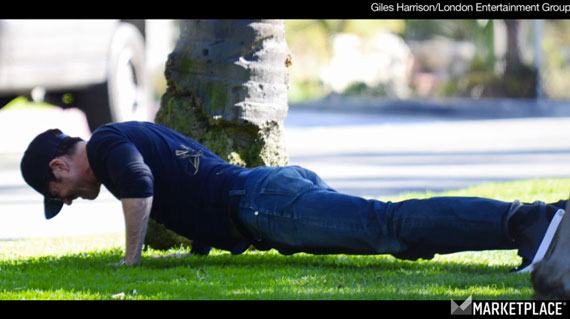 Dylan McDermott Giles also has some very good points about the nature of parasitism and celebrity idolatry:
At the end of the day, do we see Giles snipe down any celebrities? It depends. If you’ve seen 1978′s suburban screwball comedy Harper Valley PTA. (featuring an uncredited teenage Woody Harrselson), then yes, they ran across this gentleman who’s surprised anyone even recognized him:
Otherwise, no; it was just another dollarless day. Go to full article: A Day in the Life of a Paparazzi (Video) |
| Interesting Photo of the Day: A Speedy Snail Posted: 07 Apr 2014 12:29 PM PDT Snails are so slow they’ve become a metaphor for lack of speed. “At a snail’s pace”, “snail mail”—none of these are complimentary. That’s what makes Manuel Cafini‘s shot of a snail zooming along in an isolated black abyss so profoundly perplexing: It’s a bit of a mystery how the enigmatic Cafini shot this one. It’s possibly a double-exposure, one very long and one a quick flash-lit finale. He’s known for long exposures and dramatic overlays, which he often uses to emphasize dancers and athletes in ways that look magically light painted.
Go to full article: Interesting Photo of the Day: A Speedy Snail |
| How to Make Better Photos with Better Composition (Video) Posted: 07 Apr 2014 10:38 AM PDT Most photographers know that for a photograph to be interesting, it must have a good composition. But what does that mean, exactly? The concepts of composition are often assumed to be mere common sense, but it never hurts to refresh oneself on the basics. And remember, as photographer David Thorpe says, ”composition is better treated as a creative aid than a set of rules”: Tips for Better CompositionIn this video, Thorpe discusses some fundamental components of a photograph, and how paying a bit more attention to these can create a better result. (Via PetaPixel)
Though we may take these ideas for granted, having them fresh in our minds can inspire us to create better photographs and to try approaches we usually wouldn’t.  This photo of pigeons illustrates how an eye-level approach can create a more interesting image.
Go to full article: How to Make Better Photos with Better Composition (Video) |
| You are subscribed to email updates from PictureCorrect Photography Tips To stop receiving these emails, you may unsubscribe now. | Email delivery powered by Google |
| Google Inc., 20 West Kinzie, Chicago IL USA 60610 | |
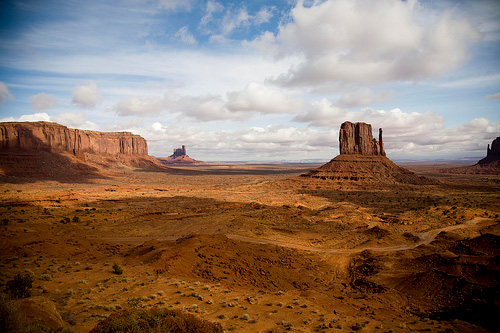
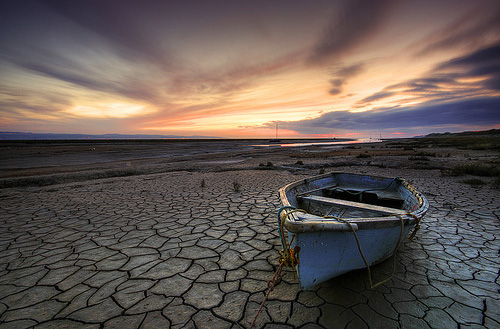
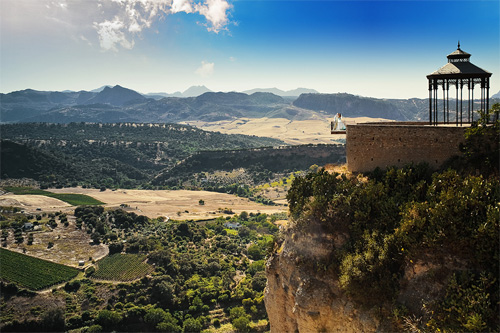
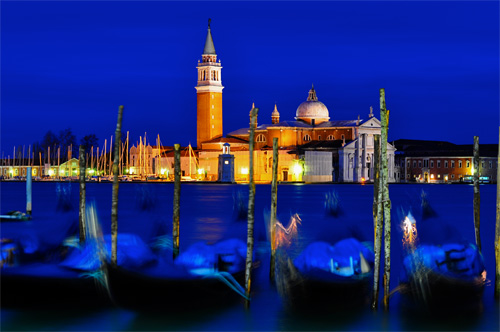
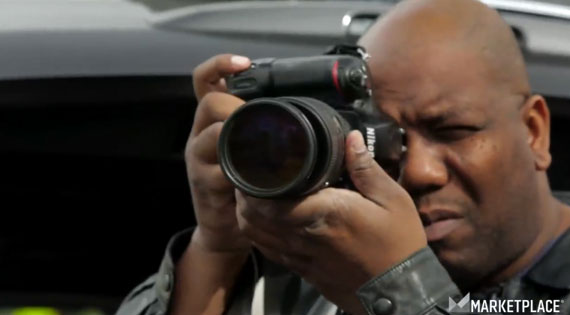



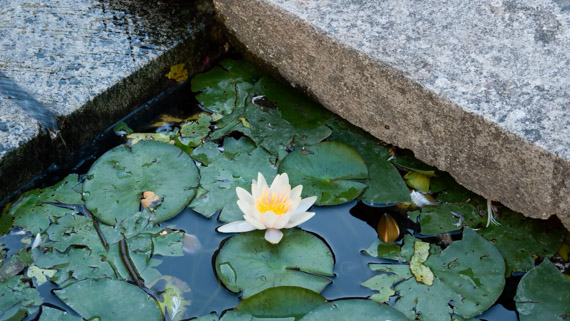
Really wonderful information. great blog!!. The things you share from this platform is quite amazing for me and hopefully it would also help my grand dad. Actually my grandfather is too much interested in capturing the scenic landscape of garden. He ask me for photography guide in shape of book. But, anyhow I found more valuable Photography tips online . I am sure he is definitely going to like that and the information that I grab from your blog.
ReplyDelete